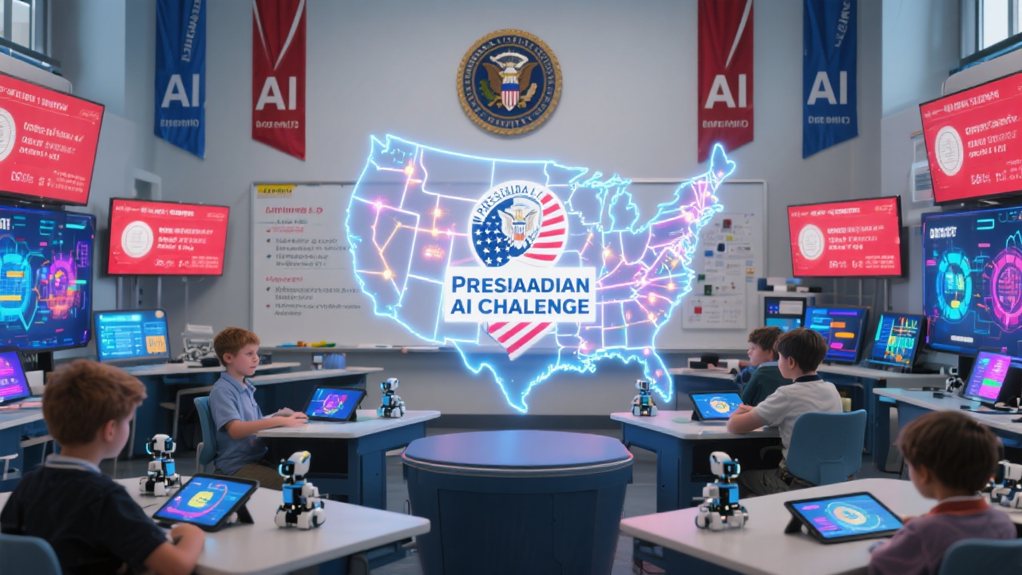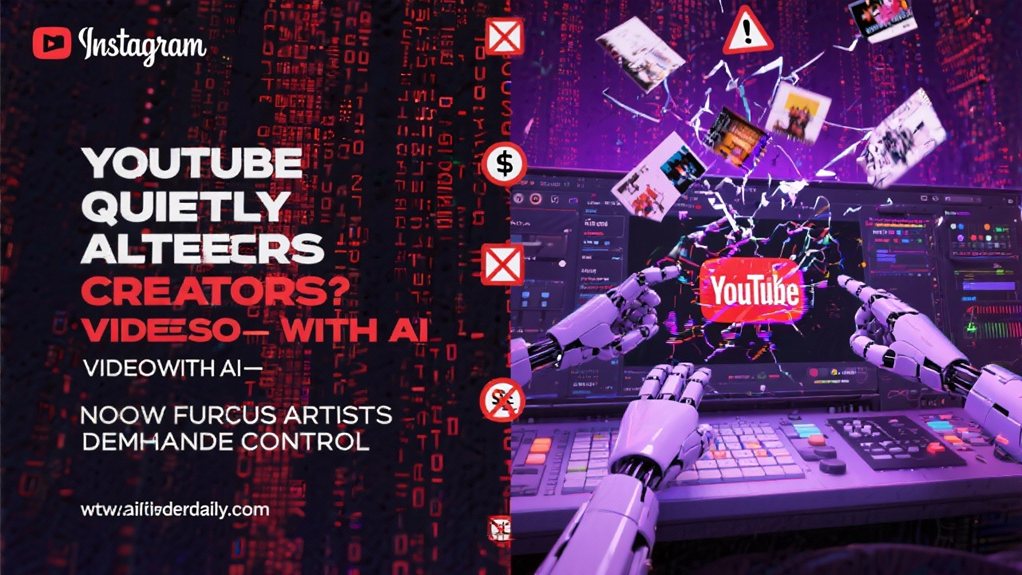The Classroom AI Initiative: Big Tech’s Teacher Training Push
Tech giants are pouring millions into training teachers how to use AI in the classroom. Microsoft and OpenAI have committed $23 million specifically for this purpose, partnering with teacher unions like the American Federation of Teachers and United Federation of Teachers. It’s a big deal. They’re targeting 400,000 educators by 2030—that’s roughly one in ten teachers across America.
Big Tech’s $23 million AI teacher training push aims to reach 10% of America’s educators by 2030.
The money isn’t small potatoes. Microsoft alone is throwing in $4 billion over five years for AI education broadly. Makes you wonder what they’re expecting in return, doesn’t it?
This whole operation will run through something called the National Academy for AI Instruction. Fancy name. They’re setting up shop in New York City first, then expanding nationwide. It’s one of those rare public-private team-ups that might actually stick around.
The training isn’t just boring PowerPoints. Teachers will get workshops, online courses, hands-on sessions—the works. They’re targeting high-need districts first, trying to close that pesky tech gap that keeps widening between rich and poor schools. The curriculum emphasizes ethical use. Because, you know, we wouldn’t want AI writing all the kids’ essays.
Current numbers show about 60% of teachers already dabble in AI for their jobs. A third use it weekly. Others? Not so much. They’re mostly using it for mundane stuff—prepping lessons, creating worksheets, customizing materials. Programs like adaptive learning platforms help personalize education for individual student needs.
Teachers who use AI regularly save nearly six hours weekly. Six weeks saved annually! That’s practically a summer vacation.
Most AI-using teachers say it’s improved their work. For grading help, 57% gave it a thumbs up. Administrative tasks? 74% approval. Not too shabby.
The endgame here is pretty clear. Close tech gaps. Make teachers AI-savvy so students don’t leave them in the dust. Let educators—not Silicon Valley—decide how this technology shapes learning. Reduce paperwork so teachers can actually teach.
But challenges loom large. Ethics. Safety. Wisdom. The usual suspects when technology meets impressionable young minds. There are legitimate concerns about student data privacy and potential racial bias when AI is used for grading student work. The statistics reveal a troubling gap, with only 39% of high-poverty districts offering AI training compared to 67% of low-poverty districts.
Is this just another tech fad destined for the educational graveyard? Maybe. But with millions flowing in and hours potentially saved, teachers might actually embrace this one. Time will tell if AI becomes education’s best friend or just another distraction in an already chaotic classroom.









